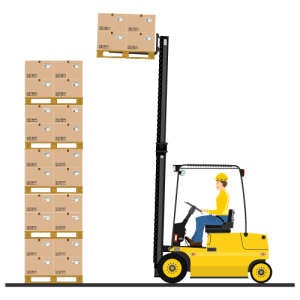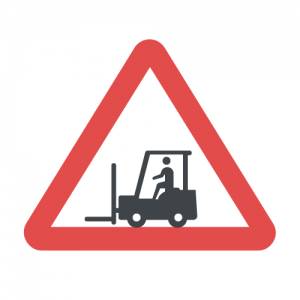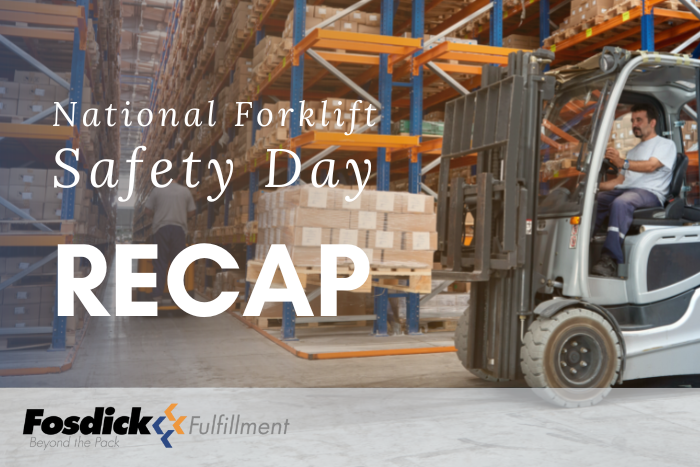National Forklift Safety Day returned to a live, in-person event on June 14, 2022, following two years of virtual activities. This year’s event featured both live and online components.
Each year, the day aims to increase awareness of forklift safety and adequate operator training, says Brian Feehan, president of ITA, whose members are North American forklift manufacturers and component suppliers.
 National Forklift Safety Day raises awareness about the importance of operator training, says Feehan. “We’re excited about new forklift technologies that can improve safety, but the day focuses on operator training. A good training program can’t be beaten.”
National Forklift Safety Day raises awareness about the importance of operator training, says Feehan. “We’re excited about new forklift technologies that can improve safety, but the day focuses on operator training. A good training program can’t be beaten.”
In addition to the National Forklift Safety Day (NFSD) event in Washington, D.C., on June 14, there were local events sponsored by forklift industry dealers and organizations.
Last year was frantic for most companies with forklift fleets as fulfillment centers rushed to keep up with eCommerce demand. At the same time, producers of commodities in short supply attempted to improve efficiency. All of this occurred amid massive staffing issues, most of which were directly or indirectly related to COVID.
These circumstances made 2021 a great year for lift sales as new personnel entered warehousing, manufacturing, and other businesses that use forklifts. The inflow of new workers, operators, or workers interested in becoming operators, who are only a year or so into their new careers, makes it more critical than ever to emphasize safe forklift operation and operator training, says Feehan.
Jonathan Dawley, President & CEO of KION North America and chairperson of this year’s NFSD, agrees that hectic times in materials handling increase the importance of operator training. He says it takes a strong safety culture to reinforce optimal practices in busy operations.
 “Coming out of Covid, operational conditions are evolving but remain exceedingly demanding, with elevated or anomalous inventory levels, supply chain delays, and substantial employee turnover,” says Dawley. “As organizations cope with these variables, building a strong safety culture and methodical approach to training is the best way to stay on top of forklift safety.”
“Coming out of Covid, operational conditions are evolving but remain exceedingly demanding, with elevated or anomalous inventory levels, supply chain delays, and substantial employee turnover,” says Dawley. “As organizations cope with these variables, building a strong safety culture and methodical approach to training is the best way to stay on top of forklift safety.”
According to ITA, sales of new forklift units in North America across Classes 1 through 5 totaled 347,677 units in 2021, a large rise from the 230,134 units sold in 2020. “There were many new units on the market last year, so we need to focus on training,” says Feehan.
While some of these newer units are tech-enabled to identify pedestrians and automatically slow or stop a forklift, there is no substitute for a comprehensive operator training program. Most folks who work in warehousing will have had at least one scary encounter with a forklift that failed to announce itself adequately. But when management prioritizes safety above all, those close calls can be avoided, regardless of the model or tech functionality of lifts.
We’re advancing as an industry by adding automation and collision avoidance systems. New technologies will boost workplace safety, but you must establish a safety culture first. Dawley says constant training is the core of a safety culture. First, organizations must develop their fundamental culture.
Dawley says forklift fleet companies have enough resources for operator training, safety initiatives, and assessments. OEMs, dealers, and third parties can all help.
“The industry is ready and prepared to support the customer base in developing needed operator training and fundamental safety best practices in their operations,” says Dawley. “We as an industry are willing to help,” he says.

